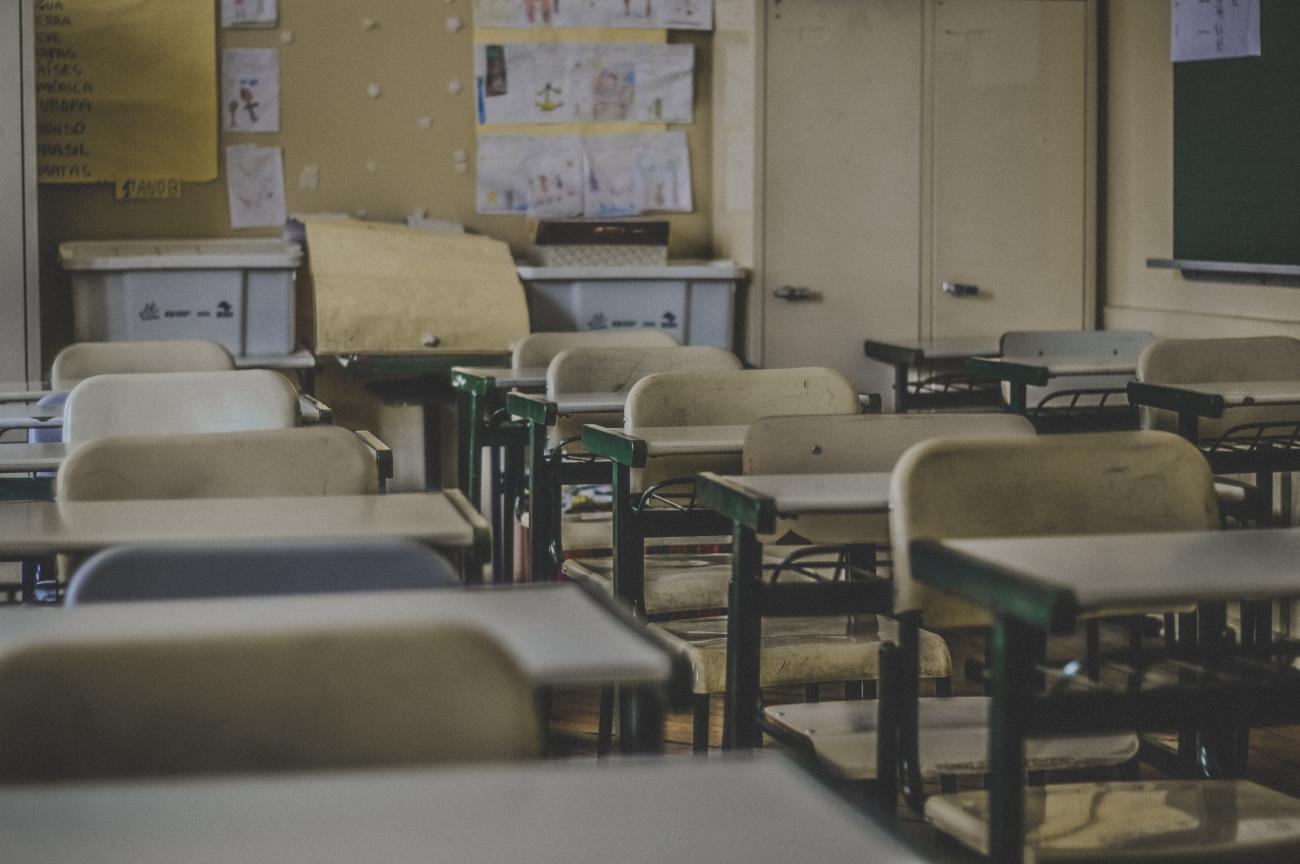
Stanford policy analyst looks at the implications of California’s Proposition 15
California’s Proposition 15, which would increase funding for public schools and local governments by changing tax rules for commercial and industrial property owners, is shaping up to be a close race and one of the most expensive on the ballot this fall.
Proponents say the measure would reclaim billions of dollars to invest in local communities by closing property tax loopholes that benefit wealthy corporations, without impacting homeowners or renters. Opponents argue that it will lead to higher prices on food, utilities and health care as businesses pass on added costs to consumers. If voters approve the measure, it would be implemented gradually, with the first phase beginning in 2022-23.
Heather Hough, PhD ’12, is the executive director of Policy Analysis for California Education (PACE), a nonpartisan research network housed at Stanford Graduate School of Education. Led by faculty at Stanford, the University of Southern California, UC Davis, UCLA and UC Berkeley, PACE has been researching school financing for decades, along with other issues, including early childhood education, teacher workforce effectiveness, social-emotional learning and college access. Last month, PACE released a new report, co-authored by Hough, exploring ways for schools to increase revenue.
Here, Hough talks about the state of school funding in California, what Proposition 15 would change and other potential consequences of voters’ decision on Election Day.

Heather Hough, Executive Director of PACE
Funding for schools in California has increased in recent years, but according to your center’s research, it’s still inadequate. How much money do schools need?
We’ve done a number of studies on this as part of the Getting Down to Facts project we released two years ago, which looks at what’s working well in the state education system and where we still need to improve. Our researchers calculated the amount of money per student that a typical public school in California would need to meet state education standards. The average is nearly $17,000 per student, but our actual spending was only on average about $12,000 per student. That adds up to a total shortfall of $25.6 billion per year.
California ranks only 39th in the United States in education funding, when you adjust for the cost of living. Other states – including New York, New Jersey, Massachusetts and Connecticut – all spent more than what we found would be adequate in California. And each of those states has a smaller percentage of low-income students and English learners to support than we do in California.
So, we’re spending far less than we need to in order to meet our state’s education goals. And that’s before taking into account the additional costs brought on by the pandemic.
What impact has COVID-19 had on that deficit?
Schools are still bracing for the fallout, but the pandemic has clearly exacerbated what was already a crisis, especially for districts serving a high number of low-income students. They had to buy computers, set up Wi-Fi hotspots, distribute meals – Los Angeles Unified alone estimates that it spent $200 million of unbudgeted money just to cope with the circumstances last spring.
Meanwhile, it’s estimated that some kids came back this fall as much as one year behind academically, compared with what we would expect in a normal year. Some may be experiencing food and housing insecurity. They may be losing loved ones. They may be unsupervised or neglected at home, even abused.
These are all needs that school districts have to address – needs that are escalating at the same time districts are trying to reconfigure schooling to be virtual. The American Superintendents Association has estimated that reopening schools during the pandemic will cost $1.8 billion for an average size school district, for just health and safety protocols alone.
The only reason we were able to stave off cuts to public education in California this year was because of deferrals, meaning that districts were told they could spend the same amount of money they spent last year, but they have to borrow that money in the hope that a federal stimulus can fill in that gap. If that doesn’t happen, they’re already billions of dollars in the hole going into next year.
How would Prop 15 affect the shortfall in California’s education budget?
This measure is expected to raise $4-6 billion for K-12 education per year. And again, our research showed that – before the pandemic – we already needed to increase spending by $26.5 billion to meet our state’s standards. That’s five times more than this measure would bring in.
But Prop 15 would create a more stable system for funding public schools in California. Right now, that system is very volatile, much more so than most other states. We’re much more dependent on state funds, particularly income taxes, largely because of the restrictions on property tax that were introduced as a result of Prop 13 in 1978.
Before Prop 13, the majority of school funding in California came from property taxes. Now nearly 60 percent of California’s school funding overall comes from the general fund, which depends primarily on income taxes. That’s much more vulnerable during a recession.
Opponents say that Prop 15 would hurt the economy by increasing the cost of living. Is there an economic argument to be made in favor of this measure?
There’s a large body of research showing the economic value of investing in public education. One recent study showed that investing in education brings an economic return of two and a half times the initial investment. When kids graduate high school or go on to college, their average income increases, and what they contribute back to the economy more than makes up for what was invested to support their education.
Besides the funding, what are some other consequences of the outcome of this race?
If Prop 15 passes, people may think that schools are set. The added revenue is critical, but it’s not enough. We still need a plan for making sure we can fund the system long-term, and we need to build the conditions for educators to make the best use of those funds. So, the ballot initiative should be considered the first step, not the last.
If it doesn’t pass, there’s a real danger that policymakers will take this as a directive from the voters that investing in schools is not a priority for them. Especially in California, where direct democracy through ballot initiatives is much stronger than it is in other states, our policymakers are required to listen to voters on matters relating to revenue. If voters say they don’t support this proposition, that could be a major setback for the larger cause of investing in public education.



